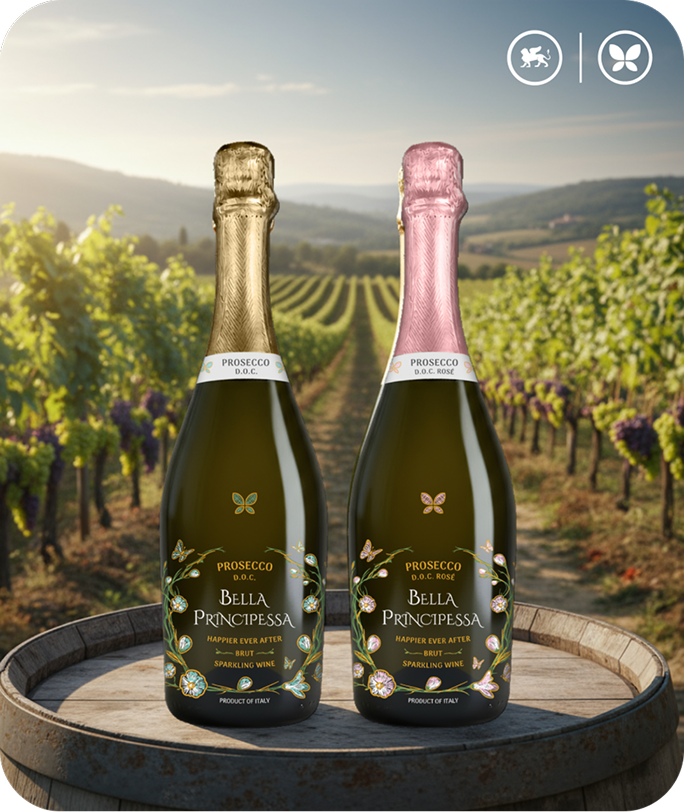“What is Champagne?” This question uncovers the fascinating world of one of the most prestigious sparkling wines. Champagne is a unique variety of sparkling wine originating from the Champagne region in France. This region is not just a namesake but a crucial element in defining Champagne, as the wine must adhere to strict geographical and production criteria to earn the Champagne label.
At its core, Champagne is celebrated for its effervescence, a result of significant levels of carbon dioxide acquired through a meticulous second fermentation process inside the bottle. This process, known as the méthode Champenoise or the traditional method, involves adding yeast and sugar to the bottled wine, triggering a secondary fermentation that produces the iconic bubbles of Champagne.
The grape varieties used in Champagne production are also specific, including Pinot Noir, Chardonnay, and Pinot Meunier. These grapes contribute to the distinct flavor profile of Champagne, which is often characterized by a balance of richness and acidity, with notes ranging from citrus and almond to toast and brioche. This flavor complexity is a hallmark of Champagne, distinguishing it from other sparkling wines.
Champagne’s prestigious status is not just about its unique production process or the specific region it comes from. It symbolizes celebration and luxury, often associated with significant events and achievements. This association adds to the allure and desirability of Champagne, making it more than just a beverage but a cultural icon.
In contrast, while Prosecco, like Champagne, is a sparkling wine, it’s produced in Italy using primarily Glera grapes and employs the Charmat method. This method involves secondary fermentation in large tanks. It is more cost-effective and imparts Prosecco a lighter, fruitier flavor profile, differentiating it from the richer and more complex Champagne.






